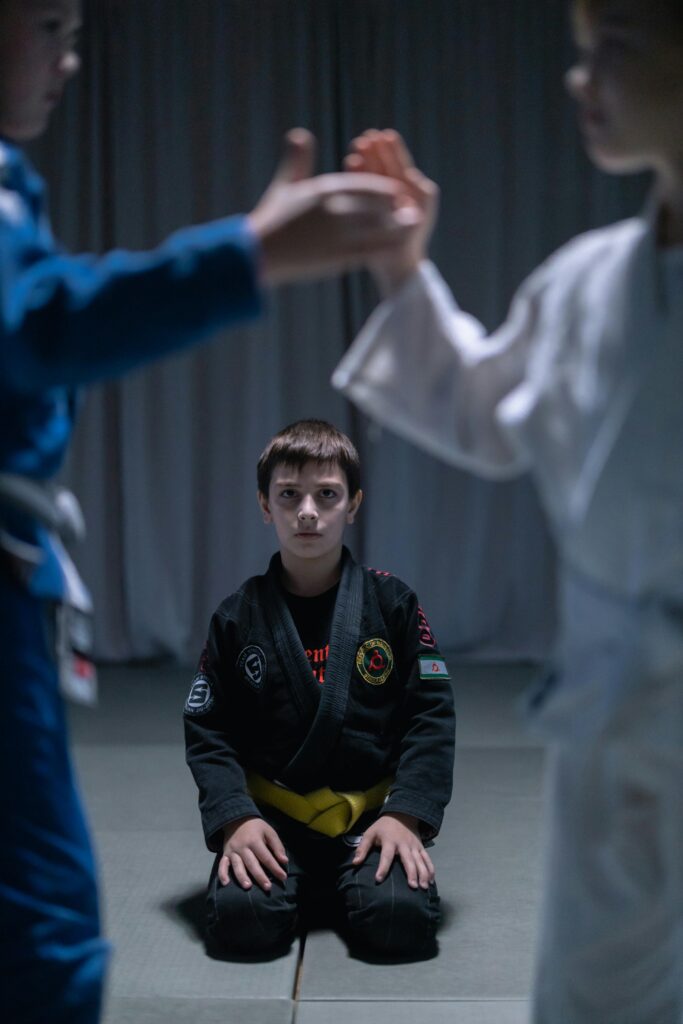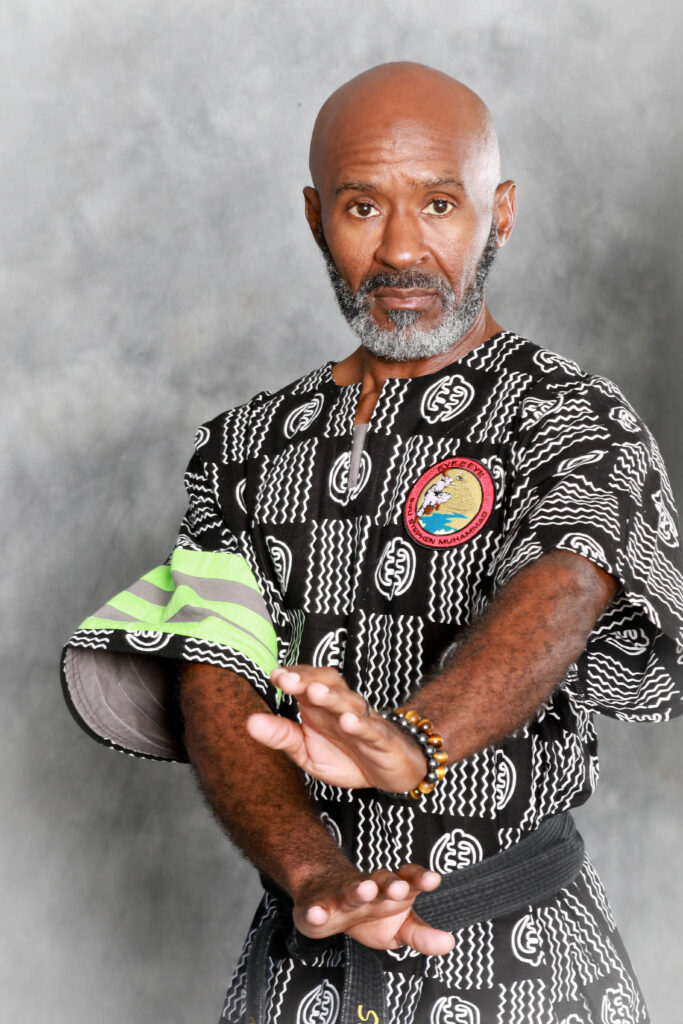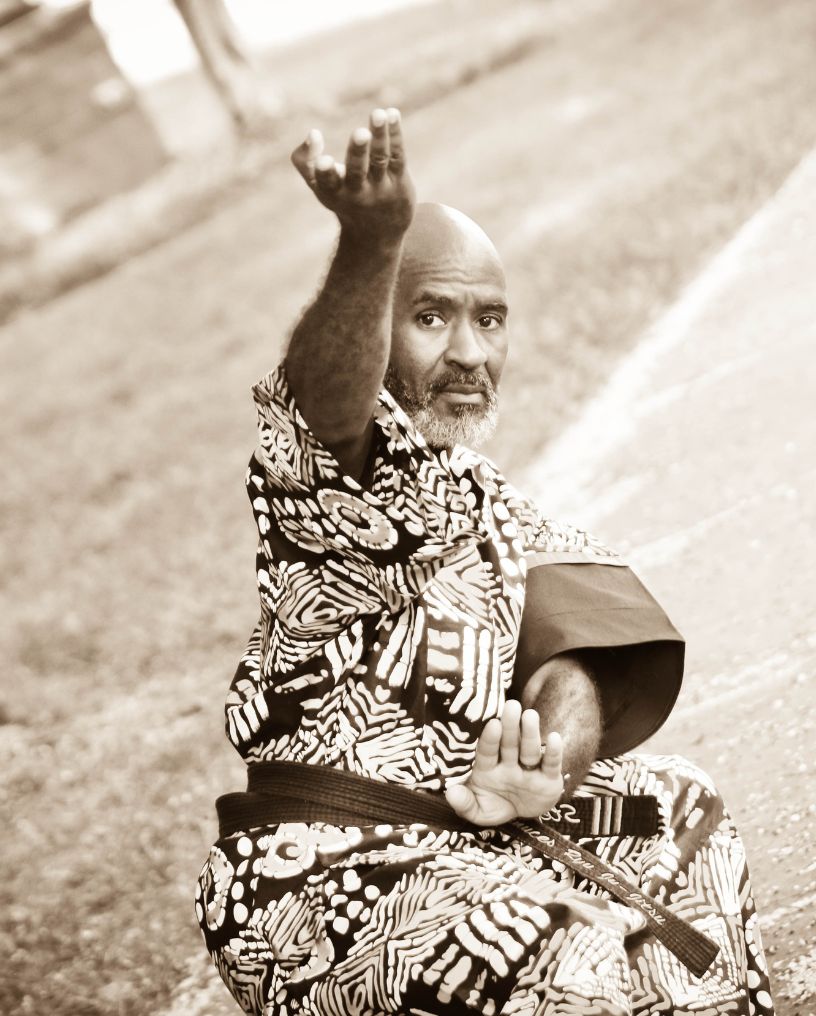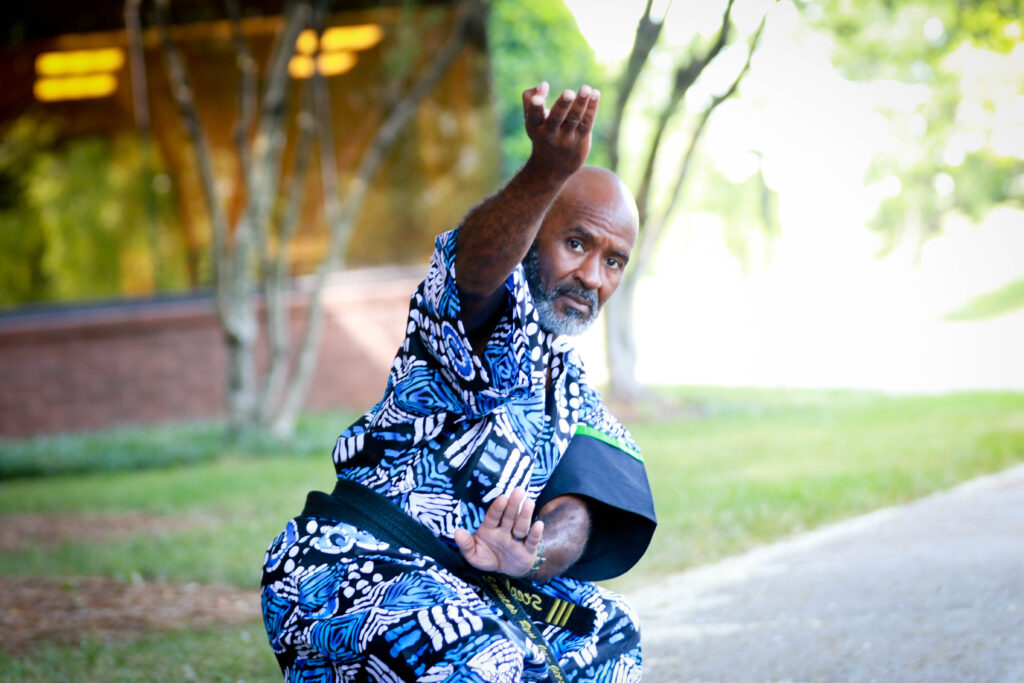Safety isn’t something you should have to compromise, no matter the situation. Knowing how to defend yourself from a guy in a chair might not seem like the most common scenario, but it’s one that requires practical strategies and quick thinking.
Whether it’s about staying calm, setting boundaries, or using effective techniques, these tips will empower you to protect yourself without feeling overwhelmed.
Building Awareness for Personal Safety
Staying aware of your surroundings is the foundation of personal safety. It’s not about being paranoid but about tuning in to what’s happening around you in a way that feels natural.
Awareness helps you stay proactive and make better decisions if something feels off.
What is Situational Awareness?
Situational awareness is knowing what’s happening around you without feeling tense or stressed. It’s keeping your head up, noticing who’s nearby, and spotting anything unusual.
Think of it as being observant rather than obsessed with every detail. Whether you’re walking to your car or sitting in a public space, this awareness allows you to stay calm while mentally noting potential concerns.
Habits That Make a Difference
Small habits can make a big difference in staying alert without disrupting your day:
- Keep your phone down: Looking at your phone while walking takes your focus away from your environment. Instead, glance around occasionally to stay tuned in.
- Glance around: Observe exits, people, and any unusual behavior that might raise a red flag.
- Trust your gut: If someone seems off, listen to that instinct. Take steps to distance yourself or get to a safer space.
Staying Observant Without Overthinking
Awareness doesn’t mean staring at everyone or analyzing every tiny movement. Instead, try practicing a “soft focus.” This means casually scanning your surroundings without appearing anxious.
For instance, as you walk through a parking lot, glance at nearby cars or note if someone seems to be lingering too long. This balance keeps you alert and calm, helping you feel confident in any setting.
Establishing Boundaries Effectively
Clear boundaries can stop unwanted behavior before it escalates. They’re your first line of defense and a way to protect your space without needing physical action.
Expressing boundaries effectively combines confident communication and strong body language.
Speak Up Confidently
Your voice is a powerful tool for setting boundaries. A firm “Stop” or “Don’t do that” can be enough to make someone rethink their actions.
Use a steady, clear tone to show you mean what you say. There’s no need to yell unless the situation requires it. Speaking directly, with authority, can defuse many encounters before they escalate.
Let Your Body Language Do the Talking
Body language can reinforce your words—or speak for you when words aren’t enough. Standing tall with your shoulders back shows confidence.
Making eye contact while stepping back slightly signals that you’re aware and in control. Holding up your hand in a “stop” motion adds a visual cue that emphasizes your verbal command.
Be Ready to Act
If someone continues to push your boundaries despite your efforts, it’s time to act. Self-defense isn’t about aggression—it’s about asserting your right to safety.
Being prepared doesn’t mean you’re looking for a fight; it means you’re ready to protect yourself if someone refuses to respect your limits.
This could include using your voice to call for help or employing a simple self-defense technique to create distance.
Simple Self-Defense Techniques for Close Encounters
Self-defense doesn’t have to feel overwhelming or complicated. The most effective techniques are straightforward and work for all skill levels, making them accessible no matter your experience.
By focusing on practical moves, you can quickly create space and regain control during close encounters.
Moves That Work in Real Life
Quick actions can mean the difference between staying safe and feeling trapped.
If someone grabs your wrist, pull sharply toward their thumb, which is the weakest point of their grip. Adding your other hand can boost your strength and ensure you break free faster.
In a bear hug situation, dropping your weight instantly shifts the power dynamic. Lowering your center of gravity makes it much harder for the person to lift or hold onto you.
Following this, stepping on their foot can disrupt their balance, creating the moment you need to escape.
If someone crosses the line and touches you inappropriately, a firm response can stop them. Use your elbow or knee to strike areas like the groin or stomach. These are highly sensitive spots that can immobilize someone long enough for you to get away.
Afterward, push away with force to create the distance needed to move to a safer location or call for help. Acting decisively is critical in these moments.
Everyday Objects as Tools
The items you carry daily can serve as simple yet effective tools for self-defense. Keys, for example, can be held firmly between your fingers to jab at sensitive areas like the eyes or neck. They’re discreet and easy to use in an emergency.
A bag or purse can also double as a defensive tool. Swing it toward their arms or head to make them step back, giving you room to escape.
Your phone, often in hand, can be used to strike their face or even thrown as a distraction, forcing them to focus on something other than you.
Speed and Precision Matter
When it comes to self-defense, it’s less about overpowering someone and more about acting quickly and with purpose. Target vulnerable areas like the eyes, nose, or throat to temporarily incapacitate your attacker.
These quick, precise actions create crucial moments for you to escape. Confidence in your movements ensures you stay in control, even during high-stress encounters.
Staying Confident Without Feeling Paranoid
Confidence is one of your greatest defenses. It helps you respond calmly and effectively instead of freezing under pressure. Building this inner assurance takes preparation, but it pays off in both your mindset and your ability to act.
Build Inner Confidence
Preparation is the foundation of confidence. By practicing self-defense techniques regularly, you strengthen both your body and your belief in your abilities.
Setting boundaries in daily life and reminding yourself of your strengths also reinforces this feeling of security. Confidence isn’t just about physical readiness—it’s a mindset that empowers you to take control.
Practice in Safe Spaces
Role-playing scenarios with trusted friends or taking self-defense classes allows you to practice in a supportive environment.
This type of training builds muscle memory, so your responses feel natural if you ever need them. The more familiar you are with the actions, the calmer you’ll feel when faced with an unexpected situation.
Balance Preparedness with Peace of Mind
It’s important to stay prepared without letting safety dominate your thoughts. Mindfulness techniques, such as deep breathing, can help you stay grounded and reduce anxiety.
By keeping a balance, you remain alert and ready without feeling overwhelmed by fear.
Finding the Right Training Resources
At Eye2Eye Combat, we specialize in equipping individuals with practical skills and confidence. Our self-defense training is tailored to meet your needs, whether you’re a beginner looking to learn basic moves or someone who wants to refine their techniques.
Our classes are designed to teach you how to defend yourself effectively, starting with techniques you can use from day one.
Hands-On Training That Works
Our in-person sessions focus on real-world scenarios. You’ll learn strategies that don’t rely on size or strength but on precision and understanding how to use your body to neutralize threats.
Every class is interactive and supportive, so you can practice in a safe, controlled environment.
Programs for Every Individual
We offer a range of specialized programs for teens, adults, and seniors. Whether it’s learning how to handle close encounters, prevent escalation, or use your surroundings to your advantage, there’s a program designed to help you achieve your goals.
Supplementing with Online Resources
We also provide online resources to complement our hands-on training. These include guides and videos to help you review and reinforce what you’ve learned in class.
While nothing replaces real-world practice, these tools can give you the extra edge to stay prepared.
At Eye2Eye Combat, we believe that self-defense is for everyone. Our goal is to empower you to face any situation with confidence and calm, knowing you have the tools and mindset to protect yourself.
Be Prepared for Anything—Join Eye2Eye Combat
Your personal safety matters, and being prepared doesn’t mean living in fear. By staying aware, setting clear boundaries, and practicing effective self-defense techniques, you can protect yourself while staying calm and confident.
If you’re ready to take these skills further, explore Eye2Eye Combat. With expert-led classes and supportive training, we’re here to help you gain the confidence and techniques you need to handle any situation.
Let’s get started—your safety and strength are just one class away!
FAQs
1. How do I defend myself against a man?
Defending yourself starts with confidence and awareness. Use your voice to create boundaries, like saying “Stop!” firmly. If things escalate, aim for vulnerable areas like the eyes, nose, or groin. A quick strike to these spots can create an opportunity to escape. Learning basic techniques through self-defense classes is a great way to prepare yourself.
2. How to get a person out of a chair?
If someone is sitting and you need to remove them for safety, focus on leverage. Grabbing their wrist and applying gentle but firm upward pressure while stepping back often works. If they resist, pushing their shoulder back can destabilize them. However, only act if it’s absolutely necessary, and always prioritize your safety.
3. What technique is best for self-defense?
There’s no single “best” technique—it depends on the situation. Strikes targeting sensitive areas like the groin or throat are effective, as are wrist escapes and using everyday objects as tools. For a well-rounded approach, consider taking a class in Brazilian Jiu-Jitsu or Krav Maga to learn practical, versatile techniques.
4. How to defend yourself if you don’t know how to fight?
Even without formal training, you can protect yourself by staying calm and using simple tactics. Focus on creating distance by pushing or blocking, and use your voice to draw attention. If someone grabs you, aim for their fingers or wrist to break free. Knowing a few basic moves, like stomping on a foot, can make all the difference.
5. How do I protect myself as a woman?
Protection starts with situational awareness. Trust your instincts, set firm boundaries, and carry tools like a whistle or personal alarm. Self-defense classes tailored for women can teach techniques to use your body’s natural strengths, such as leveraging weight against larger opponents. Confidence and preparedness are your greatest assets.
6. What to do if someone is fighting you?
Try to de-escalate verbally if possible. If not, focus on defending yourself rather than engaging in a full fight. Block strikes, move out of their range, and aim for weak points to neutralize the threat. Once you have an opening, get away and seek help. The goal is safety, not winning.





